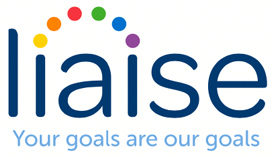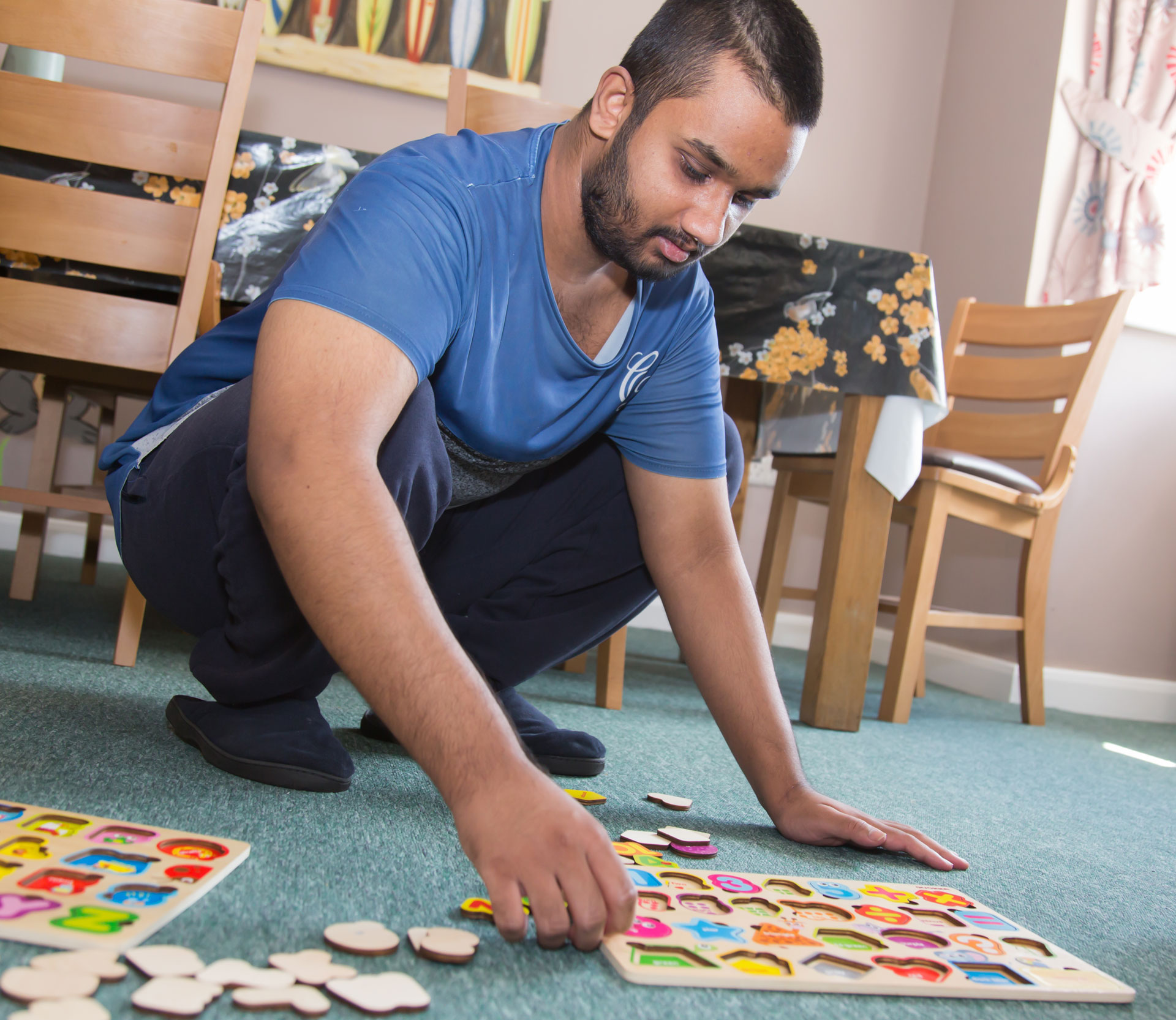Supporting and Reducing Anxiety with ACT – Therapeutic and Evidence Based Strategies.
Liaise supports a range of vulnerable people who have developmental disabilities, many of which experience mental health challenges leading to distressed behaviours.
Research suggests that people with developmental disabilities can be six times more vulnerable to mental health problems than the rest of the population. (Emerson and Hatton, 2007). A contributing factor to the poor mental health of people with developmental disabilities is that they are four times more likely to experience abuse and life adversities than non-disabled people. (Sobsey, Lucardie and Mansell, 1995). Abuse often leads to trauma and one common impact of trauma is that our brain starts to work overtime to protect us from harm even when there is no actual danger at sight. This manifests in constant anxious thoughts and distressed behaviours that drastically reduce our quality of life. Paradoxically, trying to ‘get rid’ of anxiety by deliberately attempting to ignore or suppress anxious feelings only makes things worse and we then find ourselves caught in a vicious cycle of increasing anxiety. ACT – Acceptance and Commitment Therapy (Hayes et al., 1999) is evidence-based therapy which uses mindfulness strategies alongside behavioural science principles to support people to live values-based life whilst accepting their difficult experiences and feelings rather than futilely attempting to suppress those.
Many of the ACT strategies can be helpful for people who are triggered by their environment or by their thoughts and feelings. These strategies are designed to calm the nervous system, cultivate a sense of safety and defuse unhelpful thoughts that contribute to distress.
One example of a Diffusion Technique used by the Behaviour Support Team is teaching a person to take a distance from their thoughts and accept that thoughts, by nature, come and go. We can choose whether to listen to unhelpful thoughts and act on them or let go and observe as thoughts come and go. We use the metaphor of the person being the sky and the feelings being the weather. Whilst we can’t control or change the weather to suit our plans, we can continue with our plans and all weather eventually changes. We teach people to take perspective from their thoughts by asking them to notice thoughts as they appear, imagine them as leaves on a stream and watch the stream as the leaves travel and disappear into the distance.
Other exercises focus on bringing the distressed person into contact with the present moment to ground them when they re-experience a trauma or distress and provide a sense of safety. One example is guiding the person to come to contact with their current environment by activating their senses. By noticing and naming five things we can hear, see or feel right now we send calm messages to our brain, reminding it where we are at present, safe from harm. ACT has evidence for being effective when adapted for people with developmental disabilities. As part of the Person-Centred and a holistic approach at Liaise, we have many visual ACT tools adapted to the level of cognitive ability of the individual.
You can find more information about ACT at:
- https://positivepsychology.com/act-acceptance-and-commitment-therapy/
- https://stevenchayes.com/my-act-toolkit/
- https://thehappinesstrap.com/
References
- Chenoweth, L. (1996). Violence and Disability: An Annotated Bibliography, Dick Sobsey, Don Wells, Richard Lucardie and Sheila Mansell, Baltimore: Brookes, 1995, 258 pp. paperback. The Australian Journal Of Rehabilitation Counselling, 2(1), 68-70. doi: 10.1017/s1323892200001897
- Emerson, E., & Hatton, C. (2007). Mental health of children and adolescents with intellectual disabilities in Britain. British Journal Of Psychiatry, 191(6), 493-499. doi: 10.1192/bjp. bp.107.038729
- Hayes, S. (1999). Acceptance and commitment therapy. New York: Guilford Press.





